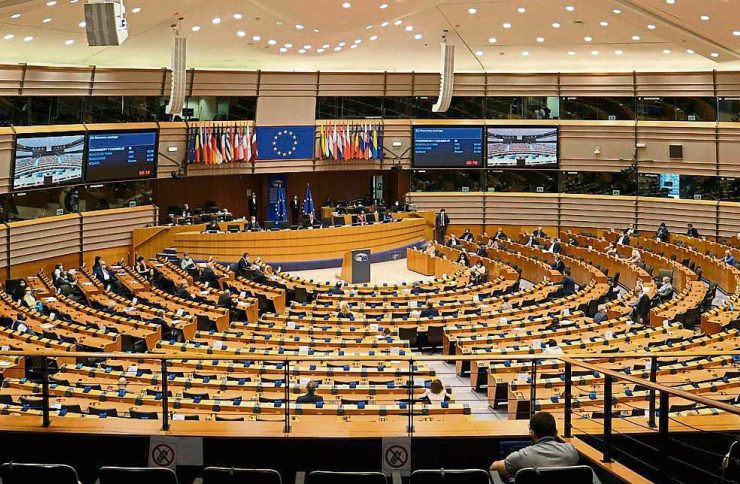The other Barcelona: we visit the Gran Teatre del Liceu

Barcelona is home to one of the largest theatres in the world which takes pride in presenting some of the best-known operas in ambitious and innovative productions
At the heart of Las Ramblas there is a place where the magic of opera and classical music captivates music buffs and less frequent opera-goers alike: the Gran Teatre del Liceu. In the 2018/19 season it attracted more than 180,000 spectators due to the great variety of music, the eclectic style of its architecture, and the latest 20th century technology.
The Liceu, as it is best known among the people of Barcelona, was inaugurated in 1847 by the city's bourgeoisie. Unlike the other European opera houses of the time, the monarchy was not involved in the construction or maintenance of the theatre, as all the funding came from private shareholders. Miquel Garriga i Roca was the architect in charge of the construction. The work lasted two years and was completed by Josep Oriol Mestres. On its inauguration, the Liceu was the largest theatre in Europe, with a capacity of 3,500 spectators.
A serious fire in 1861 destroyed the hall and the stage, but the owners raised enough money to rebuild it just one year later. After that incident, and for over 130 years, the Gran Teatre del Liceu witnessed great changes in the city and numerous political and social events. In fact, the opera-house itself suffered an attack in 1893, when the anarchist Santiago Salvador threw two bombs into the stalls during a performance, killing some twenty people.
"Great international names from the world of opera have passed through the stages of the Liceu, such as Montserrat Caballé, Luciano Pavarotti and Plácido Domingo"
The Gran Teatre del Liceu, however, is less famed for these tragic episodes than for great productions of works by Wagner, Verdi, Puccini, Rossini, Bellini, Bizet, amongst others. And it has hosted the most important figures on the international opera scene, such as Victoria de los Angeles, Jaume Aragall, Renata Tebaldi, Mario Del Monaco, Mirella Freni, Giuseppe Di Stefano, Maria Callas, Placido Domingo, Luciano Pavarotti and the incomparable Montserrat Caballé, who considered the Liceu to be her second home and performed there for over 30 years.
In 1994, what had become one of the greatest symbols of Barcelona caught fire once again. As the then general director, Josep Caminal commented, this was a 'complete loss' that hit the whole city really hard. But the immediate response of the authorities and civil society was so extraordinary that it enabled the Gran Teatre del Liceu to rise like a phoenix from the ashes and become stronger than ever.
Reopening of the Theater
Just five years later, in 1999, the inaugural performance of the new Liceu was held in the completely restored building, a perfect copy of the original auditorium and stage, but completely renovated backstage. With a capacity for 2,292 spectators and with five balconies, the stage itself is housed in a large tower around which the entire building is organized. An innovative system that soars 40m above the stage and plunges to 24m below, the tower benefits from some huge and hugely complex equipment. Advanced technology enables productions to be set up and dismantled extremely rapidly, both during changes of scene and between operas. Therefore, it is hardly surprising that more than ten internationally successful productions are premiered here each season, with opera, dance and concerts provided by the most prestigious voices and artists, consolidating Barcelona's rightful place in the world of classical music.
In the 2019/20 season, 20 years since its reopening, the theatre presented work with an eye to both the past and the future. It included Turandot, a groundbreaking production of Turandot directed by Franc Aleu, the same opera that reopened the Teatre in 1999.
The Liceu has shown that it can cope with any setback that might come its way, rise again, and, in the final words of Calaf in Turandot, sing out "Vincerò, vincerò".







